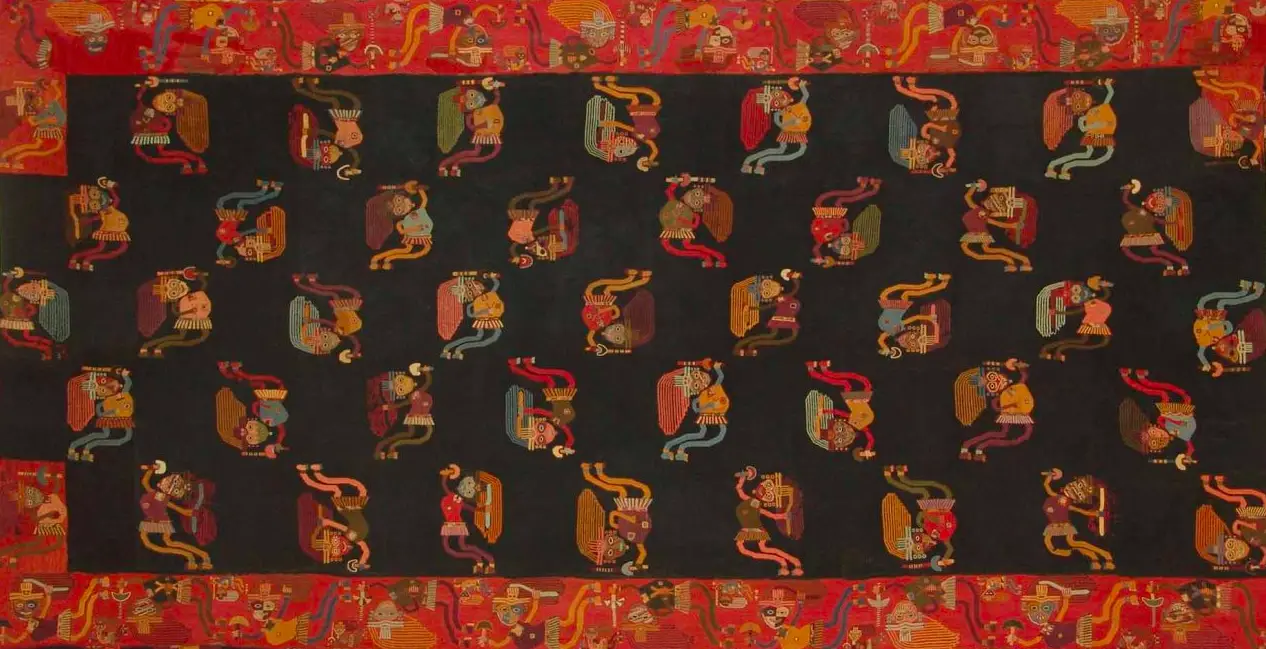di Marco Maculotti
In an earlier essay from this cycle [cf. Viracocha and the myths of the origins: creation of the world, anthropogenesis, foundation myths] we were able to distinguish, in the Andean tradition, three types of characters called "Viracocha": the creator god of the origins, which we called "Divine Viracocha"; the civilizing hero of the beginning of the era of the "Fifth Sun", creator of Tiahuanaco, whom we have defined "legendary Viracocha"; and finally a historical figure, the eighth Inca ruler, the Inca Viracocha. If we have said enough of the first two, we now have to investigate the role of the third, referring to the most suitable chronicle in the study of the Inca royal dynasty of the "Sons of the Sun". We are obviously talking about the Royal Commentaries of Garcilaso Inca de la Vega, the only ancient source that has the supreme merit of listing, one after the other and with related enterprises, the twelve Inca who ruled the empire of Tahuantinsuyu.



